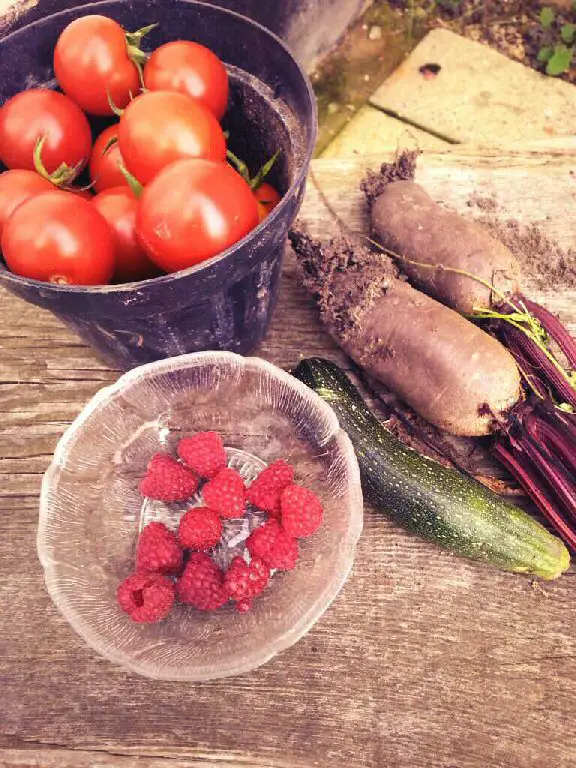Last Updated on April 10, 2024 by Real Men Sow
So, we’re heading into summer (although typically it doesn’t really feel like it yet) and things on the plot are starting to take off. Most of my plants are in, and I’ve even been enjoying a few harvests and I believe these allotment jobs will be helpful in the summer.
6 Key Allotment Jobs For Summer & Tips
Weeding
Keeping on top of weeds is one of the most important plot jobs. This can be difficult during summer when weeds grow fast and you’re trying to juggle holidays and hopefully plenty of invites to lazy afternoon barbeques.
I reckon little and often is the best way to cope with the weeds. Even 15 minutes hoeing 3 or 4 times a week is much more effective than leaving the plot for a week or so and returning to a jungle. It’s better for morale too.
Hoe the weeds off in dry weather though, as they often re-root if this job is done in the wet.
Weeds act as competitors with your veg for water too, so keeping the weeds down ensures all the good stuff gets channelled into your precious crops.
Borrow or buy an edging tool too. Edging will stop the grass from spreading into your beds.
Watering
Equally important is regular and consistent watering. Try and get a routine going, especially in the dry weather. Irregular watering can cause problems for your plants, such as splitting roots, bolting, and disease.
Some crops, like squashes, tomatoes, and courgettes require more water than others. You can make your water go further by planting in recesses so that the water stays in and around the base of the plant rather than running off.
Caring for Tomatoes
Big, juicy tomatoes are a prized allotment harvest and get a lot of my attention during the summer months. However, one thing I am useless at is sideshooting. Sideshooting is pinching out extra shoots to allow energy to be concentrated on stems producing the main crop.
I always forget to do this (to the point that my mum has bought me a new variety that you don’t need to sideshoot!) and end up writing reminders on post-it notes all over the place.
Stake your toms up for support too, and consider feeding them. Watch out for blight, symptoms of which are browning foliage and shrivelling leaves. Pull off any dubious leaves and foliage and either throw into your compost bin or bury in the ground.
What To Watch Out For When Doing Your Summer Allotment Jobs
Watch Out For Cabbage White Butterflies
I’ve learnt from bitter experience that once Cabbage Whites take hold, they’ll decimate all your lovely, leafy brassicas. Consider netting your plants as soon as they go in, or at the very latest, the first sign of butterflies.
The thin mesh is best, pegged down tightly into the ground. I use a scaffolding net, begged from some builders who were working on my offices.
Keep Harvesting!
Crops grow rapidly during summer, especially courgettes and beans. On a hot day, a courgette can grow visibly between morning and night! French beans are also speedy growers, so grab them whilst they’re small and sweet, rather than long and stringy.
Get Organized!
With all the excitement of harvesting and growing going on around you, it can be easy to forget about planning what to do with the fruits of your labour. Harvesting days have often crept up on me before I’ve remembered to organise myself properly.
Is there room in the shed to store your onions and potatoes? Have you got enough sacks for all your produce?
Jam and chutney making is also a popular way of using up summer gluts, but don’t get caught short with your jars! Make sure you’ve got enough stored away ready to fill with your delicious preserves.


All good tips, especially staying on top of weeding. For watering my tomatoes and peppers I plant the rows with a shallow depression running between them. Then after doing my usual watering I just fill it up to slowly and, I hope, deeply infiltrate to get the deepest roots.